#flood lights
Video
Top 5 - Best Flood Lights In 2023 - [Buying Guide]
Looking for a Best Flood Lights that's guaranteed to work? You've come to the right place! In this video, we're sharing our top five picks for the best Best Flood Lights on Amazon. We tested each Flood Lights to make sure that it was powerful and reliable, and we're sharing our reviews with you so that you can make the best choice for your needs.
#youtube#best flood lights for outdoor#best outdoor flood lights#led flood light#outdoor led flood lights#best outdoor flood lights 2023#flood lights#best outdoor led flood lights#outdoor flood lights led#outdoor flood lights review#outdoor flood lights#best outdoor flood lights reviews#best outdoor flood lights reviews 2023#top five best
2 notes
·
View notes
Text
Shop Now for Brighter Evenings With LED Flood Lights
Upgrade your outdoor place with our premium LED Flood Lights. Designed to brighten up your gardens, pathways, and outdoor areas.
These lights offer unmatched durability and energy efficiency.
Color Temperature
5700K
Features
Dimmable
Rebate Eligible
With Photocell
Without Photocell
Approvals / Ratings
UL Listed
RoHS Compliant
ETL Listed
DLC Listed
Energy Star Certified
Illuminate your surroundings with crisp, clear light, enhancing both safety and aesthetics. Make the switch today and experience the difference.
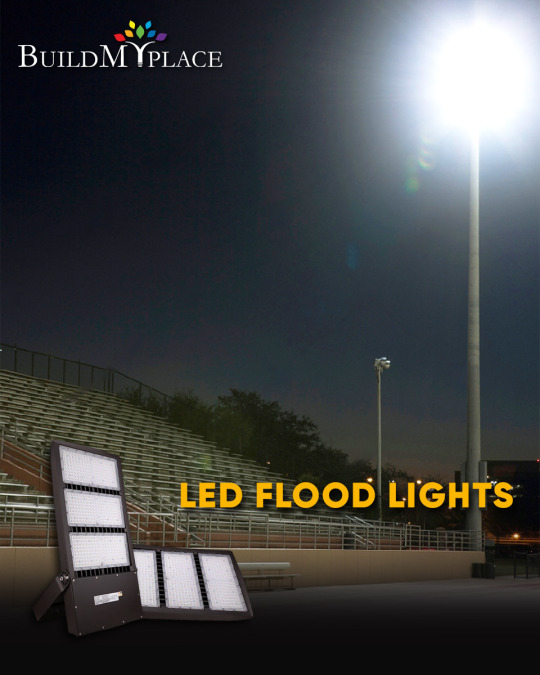
1 note
·
View note
Text
In recent years, the popularity of LED flood lights has soared, driven by their high energy efficiency, extended lifespan, and versatile applications. These powerful lighting options have become the go-to solution for various outdoor needs, from illuminating vast expanses to enhancing architectural details and providing security as outdoor street lights.
0 notes
Text
Porch Backyard

An example of a mid-sized transitional concrete paver screened-in back porch design with a roof extension.
0 notes
Text
What is flood lighting and how to use flood lights?
Light has been a fundamental aspect of human existence since time immemorial. It serves a practical purpose and a symbolic one, representing enlightenment, knowledge, and safety. Among the many forms of artificial lighting, flood lighting stands out as a versatile and powerful tool in the world of illumination.
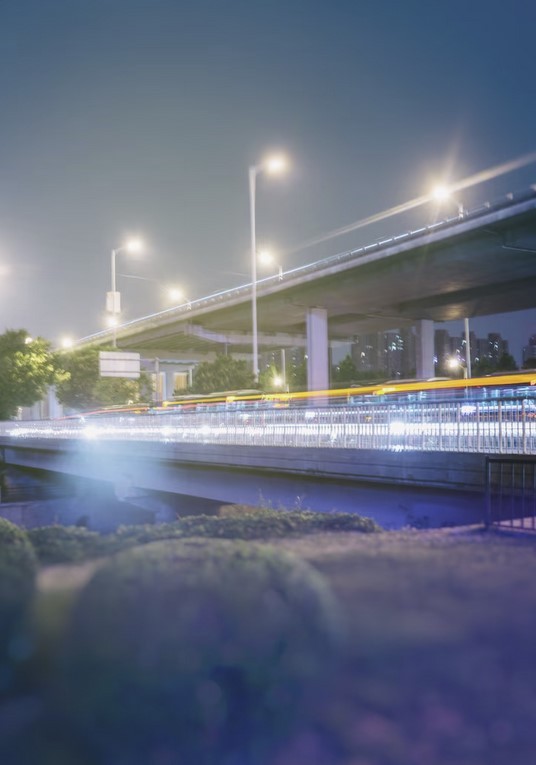
Defining Flood Lighting
Flood lighting, in essence, refers to the intense, broad, and uniform distribution of light over a large area or space. This outdoor lighting design inundates a specific area with a high-intensity light beam. Unlike conventional lighting, which typically directs light downward to focus on particular objects or areas, flood lighting spreads light evenly, resembling the effect of natural daylight.
A Brief History
The concept of flood lighting has been around for centuries, although its modern incarnation owes much to technological advancements. In ancient times, primitive floodlights were created using open flames, torches, or oil lamps—these illuminated outdoor spaces during gatherings, events, and even military operations.
However, the fundamental transformation of flood lighting began in the late 19th and early 20th centuries with the advent of electric lighting. Innovations in incandescent and, later, fluorescent and LED lighting allowed for developing more efficient and powerful floodlighting systems. This marked the birth of modern flood lighting as we know it today.
Applications of Flood Lighting
Flood lighting has a wide range of applications across various industries and domains:
Sports and Entertainment: Flood lights are essential in sports arenas, stadiums, and outdoor event venues. They ensure that games, concerts, and other events can be held safely and enjoyed by the audience, regardless of the time of day.
Security: Floodlights are a crucial component of security systems. They deter potential intruders, improve surveillance camera effectiveness, and enhance safety in commercial and residential properties.
Architectural Lighting: Many iconic buildings, monuments, and bridges worldwide are illuminated using flood lighting to create stunning visual effects and showcase their architectural beauty after dark.
Construction Sites: Construction projects often require round-the-clock work, and floodlights provide adequate visibility and safety on-site.
Outdoor Advertising: Floodlights often illuminate billboards, signage, and promotional displays to attract attention and convey messages effectively.
Industrial and Manufacturing: Flood lighting is essential in industrial settings where large workspaces must be well-lit to ensure safety and productivity.
Challenges and Environmental Considerations
While flood lighting offers numerous advantages, it also presents challenges and environmental concerns. Excessive or misdirected lighting can contribute to light pollution, disrupt ecosystems, and waste energy. Therefore, responsible lighting design and using energy-efficient technologies, such as LEDs, are critical to mitigating these issues.
Conclusion
In the grand tapestry of lighting solutions, flood lighting emerges as a powerful and versatile tool. It has transcended centuries, evolving with technological advancements and offering various applications. Flood lighting plays a vital role in modern society, from enhancing sports events and architectural marvels to providing security and aiding in industrial processes.
As we continue to advance, it is crucial to balance the benefits of flood lighting with responsible usage, considering its environmental impact and striving for sustainability. In doing so, we can continue to illuminate our world while preserving the beauty of the night sky and the well-being of our planet.
How to use flood lights?
Using floodlights effectively involves considering various factors such as placement, purpose, and safety. Here's a step-by-step guide on how to use floodlights:
1. Determine the Purpose:
Start by identifying why you need floodlights. Is it for security, outdoor events, accentuating architectural features, or any other specific purpose? Understanding the goal will help you choose the right type and placement of floodlights.
2. Select the Right Type of Floodlights:
There are various types of floodlights, including halogen, incandescent, fluorescent, and LED. LED floodlights are the most energy-efficient and long-lasting option, making them popular for most applications.
3. Consider the Wattage and Brightness:
Determine how bright you need the floodlights to be. Higher-wattage bulbs produce more intense light. Be cautious not to overdo it, as excessively bright floodlights can cause light pollution and annoy neighbours.
4. Choose the Appropriate Color Temperature:
Floodlights come in different colour temperatures, typically measured in Kelvin (K). Warmer temperatures (e.g., 2700K) create a soft, yellowish light, while cooler temperatures (e.g., 5000K) produce a more bluish-white light. Select a colour temperature that suits your intended ambience and purpose.
5. Install the Floodlights:
Proper installation is crucial for practical use. Follow these steps:
Positioning: Determine where to install the floodlights. Common locations include above entryways, near garages, around the perimeter of your property, or on tall poles for outdoor events.
Angle: Tilt the floodlights downward to avoid unnecessary light spillage and glare. The angle depends on the specific purpose of the lighting. Still, a 30-45 degree angle is a good starting point for most applications.
Mounting: Follow the manufacturer's instructions for support. Secure the floodlights to a stable surface or fixture, ensuring they won't be easily tampered with or knocked out of alignment.
6. Use Motion Sensors and Timers (Optional): To save energy and enhance security, consider installing motion sensors or timers with your floodlights. Motion sensors activate the lights when they detect movement, while timers allow you to set specific operating hours.
7. Test and Adjust: After installation, test the floodlights to ensure they function correctly. Make adjustments to the angle and positioning to achieve the desired lighting effect.
8. Regular Maintenance: Keep your floodlights clean and free from debris, which can block the light output. Check for loose connections and damaged bulbs periodically. LEDs have a longer lifespan, but it's still a good practice to inspect them.
9. Be Mindful of Light Pollution: Ensure your floodlights are not causing light pollution, which can disrupt the natural night environment and affect your neighbours. Use shields or glare-reducing fixtures to direct the light where needed and minimize spillage into the night sky.
10. Comply with Local Regulations: Familiarize yourself with local lighting ordinances and regulations, as some areas have restrictions on the use of outdoor lighting. Complying with these rules will help you avoid legal issues and be a considerate neighbour.
In summary, using floodlights effectively involves carefully considering their purpose, type, brightness, and installation. By following these steps and being mindful of environmental impact and regulations, you can maximise your floodlighting while minimizing potential issues.
To know about Lighting Company in Dubai, please visit our website: dcd.ae
0 notes
Text

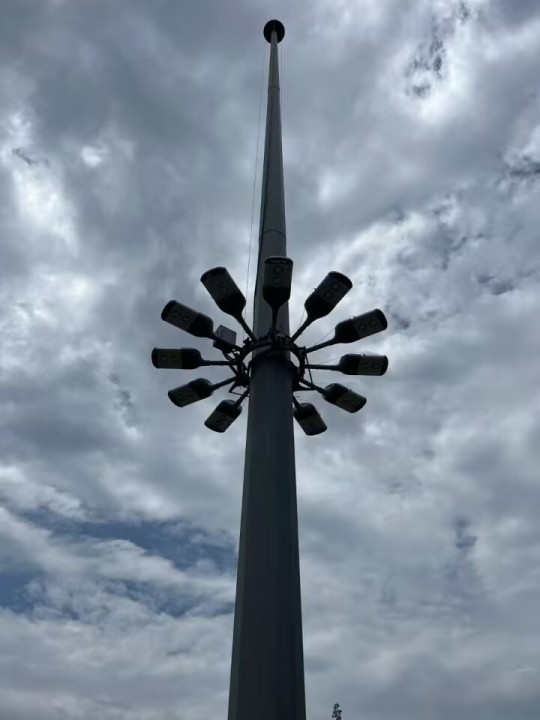
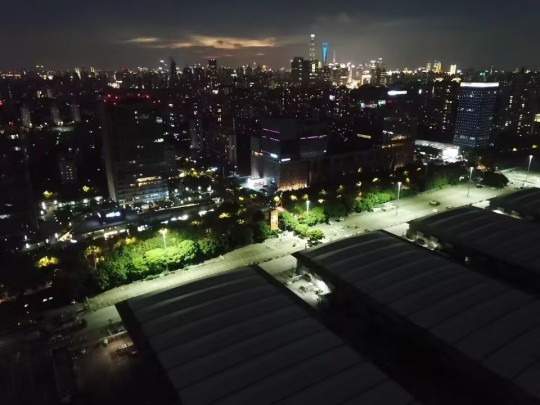
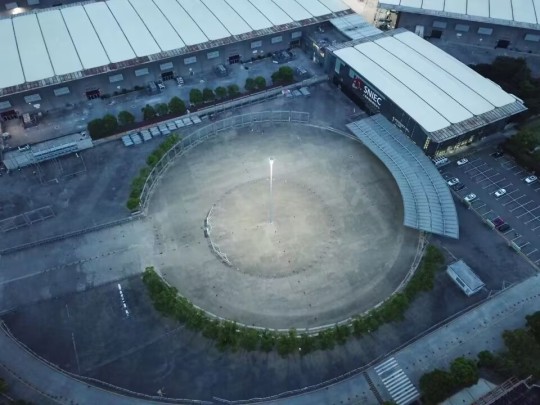
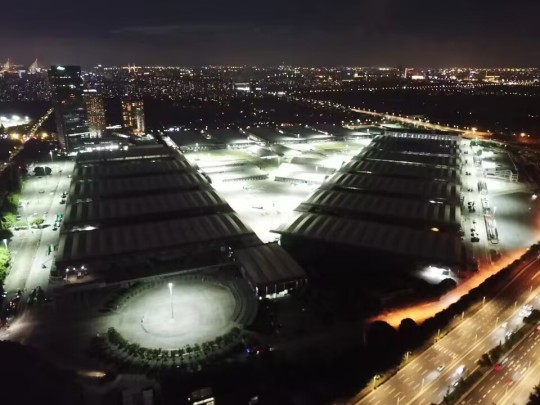
High Mast Flood lights produced by Anhui Xingtong Technology Co., Ltd are being installed in Nanjing City, China
1, Power 1800W.
2, Light Efficiency 140-150LM/W
3, Material: Die-cast aluminum
If there is any need, contact us at [email protected]
#Flood Light#Flood Lamp#LED Flood Light#Flood Lights#LED Light#LED Lamp#Stadium Light#Light Pole#High Mast Light#High Mast Light Pole#XINGTONG TECHNOLOGY
0 notes
Text
Discover the various applications of LED flood lights. From security to outdoor events, explore their versatility and benefits. Read our blog now!
0 notes
Text
Illumination Redefined: Discover Khind Flood Lights for the UAE's Modern Lifestyle.
Khind flood lights are designed to give unmatched brightness and efficiency, whether you're looking to improve your outdoor environments, increase safety and security, or create an appealing atmosphere. With cutting-edge technology and sleek designs, Khind flood lights provide long-lasting performance, weather resistance, and energy-saving features. With our high-quality flood lights, you can brighten your world and modify your surroundings while also enhancing the attractiveness of your place.

0 notes
Video
youtube
Outdoor lighting solar powered led flood light with power bank and phone...
https://my.xiapibuy.com/search?keyword=flood&shop=969139740
#youtube#solar lights#solar flood#flood lights#emergency lighting#power bank#magnet#camping lights#camping life#outdoor lighting
0 notes
Text

Crescent Lighting, India's leading vertically integrated LED lights manufacturing company, has a wider range of lighting solutions for residential, commercial, industrial, architectural, indoor, and outdoor spaces. Crescent Lighting's Made in India products are known for their best quality products that provide superior energy efficiency, with up to 80 percent energy savings without compromising lighting performance.
The company provides one of the widest range of products in the market that have a long life (lasting up to 50,000 hours as per LM80 certification) and are eco-friendly, containing no UV/IR, mercury, or other hazardous materials. They are easy to install, require zero maintenance, and have higher lumen efficacy, providing 10 percent higher lumen output than other brands.
For more information, please visit our website - https://crescentlighting.in/
0 notes
Text
Outdoor Lighting
Check out this amazing article on outdoor lighting! Whether you're looking to create a cozy ambiance or improve your home's security, this guide covers everything you need to know. From accent lighting to path lighting to floodlights, the author breaks down the different types of outdoor lighting and provides examples of how to use them effectively. Don't miss out on this valuable resource for homeowners and designers alike!
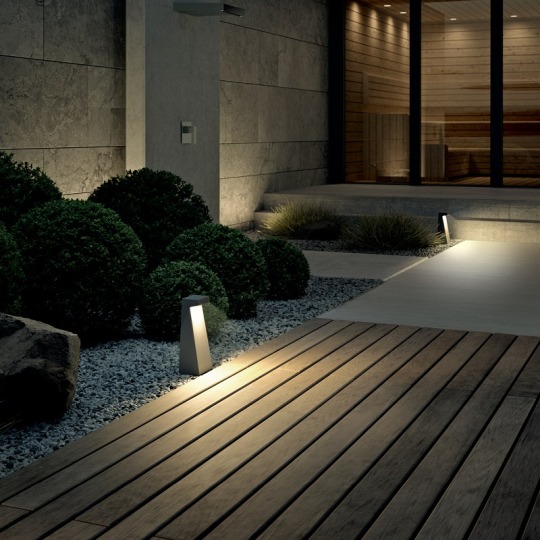
0 notes
Text
LED technology has revolutionized the lighting industry, providing energy-efficient, long-lasting, and visually appealing lighting solutions. Among these solutions, LED Large Area Flood Lights have gained popularity for illuminating large outdoor spaces with uniform coverage over a vast distance. This blog post highlights the benefits, unique features, and advantages/disadvantages of LED Large Area Flood Lights. It also provides essential factors to consider when selecting the right LED flood light for your outdoor space, such as beam angle, power consumption, lumen output, IP rating, mounting height, and voltage fluctuations. While LED flood lights offer numerous benefits, such as energy efficiency, long lifespan, low maintenance costs, and improved color rendering, they also have certain drawbacks, such as a higher upfront cost, sensitivity to temperature and voltage fluctuations. By considering all these factors, you can choose the ideal LED large area flood light that meets your specific outdoor lighting needs and enhances the ambiance of your outdoor environment.
#large flood lights#led flood lights#led flood and area lights#led area lights#flood area lights#flood lights#parking lot lights#outdoor light fixtures#commercial light poles
0 notes
Text
24 hour time loops: not long enough to create or undo anything permanent, crazy-making but often still funny
365 day time loops: the most fucked up shit you could possibly imagine
#the lazarus project#every time I go to rewatch tlp I get stuck on ep 3 because. yeah. but I am pushing through!!!!#much like Janet did one could say (sorry)#disabling reblog because you guys are just independently arriving at ideas for messed up pregnancy scenarios#which is is what this post was originally about - because this post was about the lazarus project and this very thing just not as outright#and it's great to see people get so creative coming up with this stuff independently but also it's just unoriginal and therefore annoying#to me as the person whose notes are being flooded. love and light ❤️
8K notes
·
View notes
Text
Imagine a world without proper lighting – it would be like watching a movie in the dark without popcorn. LED flood lights, often underappreciated, play a pivotal role in brightening up our surroundings. In this article, we'll delve into the nitty-gritty of LED flood lights, exploring why they are the top choice for brightening up spaces efficiently and cost-effectively.
0 notes
Text

I can't stop thinking about this moment. How sudden it was. How Orym just leapt to hug Imogen after realizing that she talked with Keyleth. He's been on the edge for so long and now there is hope.
#critical role#critical role spoilers#critical role liveblog#orym of the air ashari#seeing light after being drenched in darkness does thing to a person#i would want to hug someone too#the relief that must've flood through him
1K notes
·
View notes
Text
How to Secure Your Home with Security Flood Lights
What are Flood Lights?
Flood lights are powerful lighting fixtures designed to provide extensive illumination across large areas. With their broad beams and high intensity, these artificial lights have become essential for various applications. Whether it's enhancing security, illuminating sports arenas, or creating vibrant stage performances, these lights are crucial in decorating vast outdoor spaces. This introduction will delve into flood lights' key characteristics and uses, highlighting their significance in different fields and their ability to deliver bright and uniform lighting.
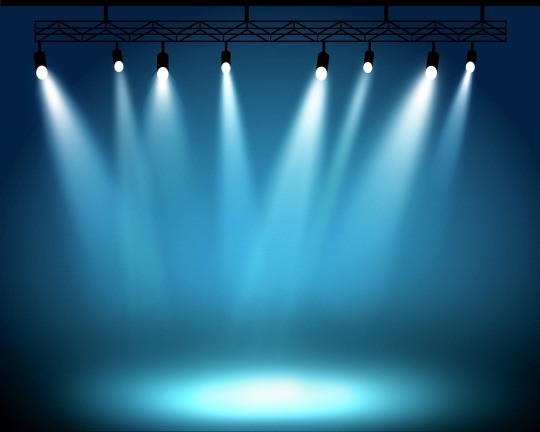
What are the main types of Flood Lights?
Several main types of Flood Lights are available, each designed to meet specific lighting needs. The main types include:
1. Halogen Flood lights: Halogen flood lights use halogen bulbs that produce a bright, white light. They are known for their high intensity and are often used in applications that require focused illumination, such as highlighting specific areas or objects.
2. LED Flood lights: LED (Light Emitting Diode) flood lights have gained popularity recently due to their energy efficiency, longevity, and versatility. They provide bright, focused light while consuming less energy than other lights. These lights are available in various wattages and color temperatures, making them suitable for multiple applications.
3. Metal Halide Flood lights: Metal halide flood lights utilize metal halide lamps to produce powerful, high-intensity light. They are commonly used in outdoor applications such as sports stadiums, large parking lots, and construction sites where a significant amount of light is required.
4. Sodium Vapor Flood lights: Sodium vapor flood lights use sodium vapor lamps to generate a yellowish-orange light. These lights are known for their high luminous efficacy, making them efficient in energy consumption. These lights are often used for street lighting and outdoor applications where color rendering is less critical.
5. Solar-Powered Flood lights: Solar-powered flood lights have built-in solar panels that convert sunlight into electricity, allowing them to operate without directly connecting to the electrical grid. These lights are ideal for outdoor areas with limited power sources, or energy efficiency is a priority.
6. RGB Flood lights: RGB (Red, Green, Blue) flood lights can create a wide range of colors by combining primary colours. They are used for decorative, architectural, and special effects in events or entertainment settings.
It's worth noting that these types of flood lights may vary in size, wattage, beam angle, and control options to suit specific lighting requirements and preferences.
Flood Lights for Home Security
Flood lighting for home security is designed to enhance residential properties' safety and protection. These lights are typically installed around the house's exterior, providing bright illumination that helps deter intruders, increase visibility, and create a sense of security. Here are some key features and considerations for flood lights used for home security:
Motion Sensors: Many security-focused flood lights come equipped with motion sensors. These sensors detect movement within a specified range and automatically trigger the lights to turn on. Motion sensor lights alert homeowners to potential intruders and can startle or discourage trespassers.
Adjustable Settings: Floodlights for home security often have adjustable settings to control the sensitivity of the motion sensors, the duration of illumination, and the brightness of the light. This flexibility allows homeowners to customize the floodlight's behavior based on their needs and preferences.
Integrated Cameras: Some advanced security floodlights come with integrated cameras, combining the benefits of both lighting and surveillance. These lights can capture video footage of any detected motion, providing an additional layer of security and allowing homeowners to monitor their property remotely.
Intelligent Connectivity: With the advent of innovative home technology, flood lighting can be connected to a home automation system or controlled remotely through mobile applications. These brilliant flood lights offer features such as scheduling, remote on/off control, and integration with other security devices for a complete home security setup.
Energy Efficiency: Choosing energy-efficient flood lights is environmentally friendly and cost-effective in the long run. LED lights are a popular choice for home security due to their energy efficiency, long lifespan, and bright illumination.
Placement and Coverage: Proper order of flood lighting is essential for adequate home security. Consider illuminating entry points such as doors, windows, and pathways. Additionally, ensure that the flood lights provide sufficient coverage of the desired areas, minimizing dark spots that could provide hiding places for potential intruders.
When selecting flood lights for home security, it's advisable to consult with a professional or research reputable brands to ensure high-quality products that meet your specific security requirements.
How to Position Outdoor Security Lights
Positioning outdoor security lights strategically is crucial for maximizing their effectiveness in enhancing home security. Here are some guidelines to consider when placing outdoor security lights:
1. Identify Vulnerable Areas: Assess your property to identify vulnerable areas that require extra lighting. These areas typically include entry points such as doors, windows, garage entrances, dark corners, blind spots, and pathways around the property.
2. Entry Point Illumination: Install security lights near the main entrances to your home, such as front and back doors. Position them high enough to prevent tampering or easy disabling but low enough to provide adequate illumination for recognizing faces and activities.
3. Motion Sensor Placement: If your security lights have motion sensors, position them to cover the areas of potential movement. Aim the sensors away from trees, shrubs, or other objects that may trigger false alarms due to swaying in the wind.
4. Overlapping Coverage: Aim to achieve overlapping coverage by installing multiple lights rather than relying on a single unit. This ensures no dark spots and provides a continuously illuminated area, minimizing potential hiding places for intruders.
5. Height and Angle: Mount the lights at a height that discourages easy tampering or bulb replacement.
Angle the lights downward to direct the light beam towards the ground, illuminating the desired areas effectively. Avoid pointing the lights directly at neighboring properties to prevent unnecessary disturbance.
6. Test and Adjust: After installing the lights, test their coverage and adjust their position as needed. Walk around the property at night and assess the lighting to ensure that all intended areas are adequately illuminated.
7. Consider Lighting Control: Incorporate lighting control options like timers or intelligent home automation. These allow you to schedule the lights to turn on and off automatically or control them remotely, providing the illusion of an occupied home and maximizing energy efficiency.
Remember to consult any local regulations or guidelines regarding outdoor lighting installations to ensure compliance with any restrictions or requirements. Also, consult a professional electrician or security expert for personalized advice based on your property layout and security needs.
To know about Outdoor Lights, please visit our website: dcd.ae
0 notes